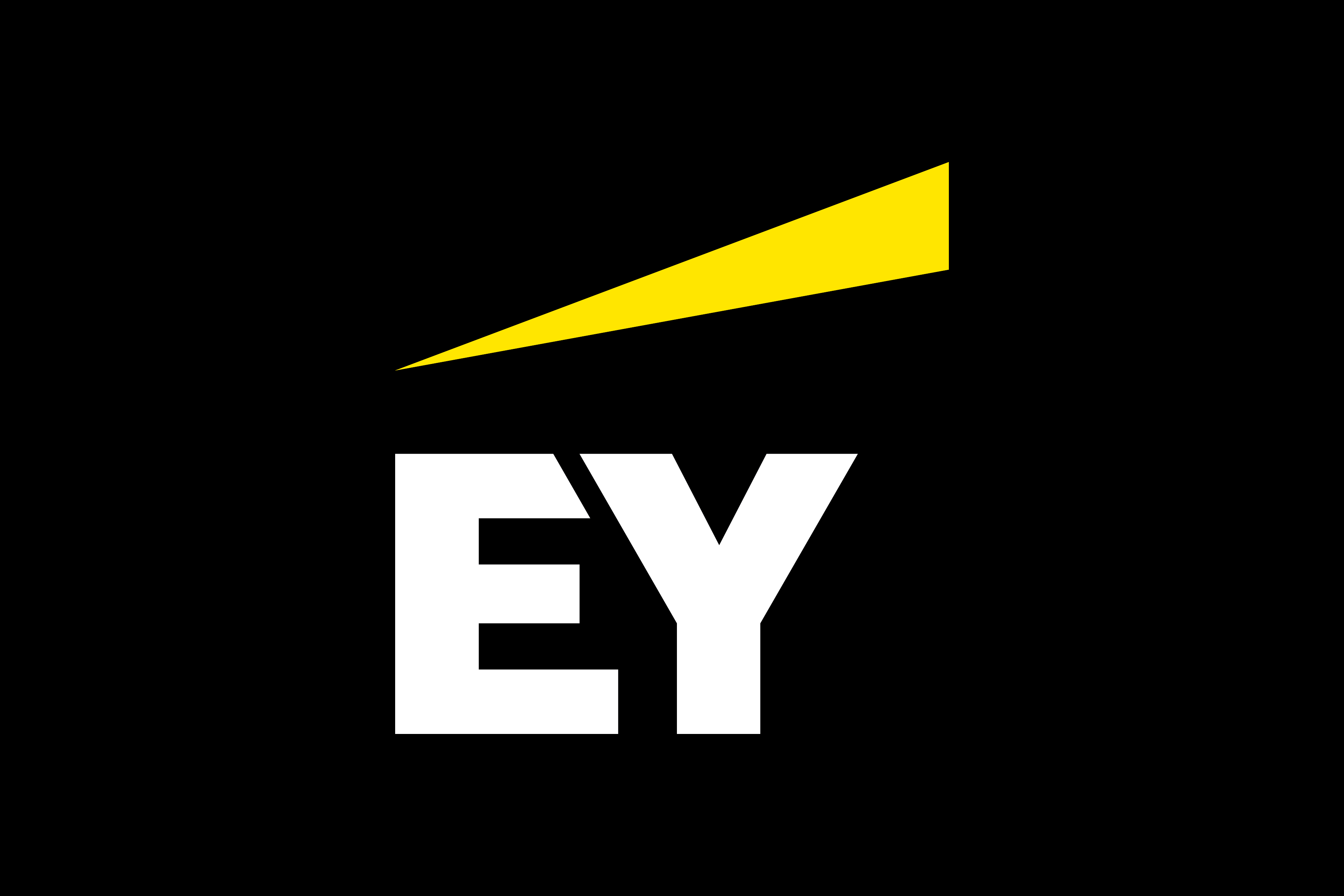EY refers to the global organization, and may refer to one or more, of the member firms of Ernst & Young Global Limited, each of which is a separate legal entity. Ernst & Young Global Limited, a UK company limited by guarantee, does not provide services to clients.

The role of sustainability in company compensation schemes is growing rapidly. But the groundwork must be done first.
In brief:
- Large investors increasingly want sustainability factors to impact the compensation of senior executives.
- Occupational safety and employee satisfaction are still the most common sustainability indicators in executive compensation.
- The use of environmental sustainability indicators in executive compensation is growing rapidly.
- Sustainability indicators must be in line with the company's strategy.
Increasingly, companies use sustainability, alongside financial indicators, as a basis for executive compensation. This was also confirmed in EY's recent publication, the Executive and board remuneration in Nordic countries, 2022. But why is it important right now to think about the role of sustainability in corporate compensation schemes?
"What people are measured on and rewarded for will certainly be done. If a company has sensibly integrated sustainability issues into the compensation of senior executives, it is clear that the company is serious about sustainability," Hannu Tyyskä underlined. He is the head of compensation services in EY's People Advisory Services.
The backdrop is shared concern about the future of the environment and climate change.
"Many large investors mention in their guidelines that sustainability should be reflected in executive compensation. The most important thing, of course, is that the company's other activities also reflect a readiness for climate change and the aim of reducing its carbon footprint."
Data is needed to set targets
Occupational safety and employee satisfaction are still the most common indicators of sustainability in executive compensation. However, the use of environmental sustainability indicators in executive compensation is growing rapidly.
In order to assess how management has succeeded in achieving environmental sustainability targets, comparable data is needed.
"It's difficult to get reliable data about, for example, what a company's global carbon footprint is. Until reliable data on the carbon footprint is available, you cannot set targets and reward their achievement. This is one of the main reasons why, although there has long been talk of tying executive compensation to sustainability, it is only recently that environmental sustainability indicators have started to appear in compensation schemes. It takes time to implement the processes that produce reliable data," Tyyskä noted.
A benchmark is needed to assess performance. Otherwise, progress cannot be measured and a reward is not meaningful. Tyyskä observed that in some companies, tying environmental sustainability to compensation schemes starts with three years of groundwork. The first target is to reduce the carbon footprint and the first year devoted to ensure that the necessary data is available. The following year aims to determine the company's carbon footprint. And the reduction of the carbon footprint is calculated in the third year.
"This way, the carbon footprint can be included in the compensation indicators, and its introduction can be accelerated."
EU taxonomy provides tools to measure environmental sustainability
Tyyskä emphasized that, above all, sustainability indicators must be in line with the company's strategy.
"It depends on the company's goals and industry what kind of indicators are suitable for compensation. The carbon footprint is not the best possible indicator for all companies. The indicators must also be such that they are in the long-term interest of the company and its owners. If you choose environmental sustainability as an indicator, you should first consider how it relates to the company's business."
The EU taxonomy provides a framework to look at, for example, how much of a company's revenue is green according to the taxonomy.
"Using the EU taxonomy as a basis for compensation should be very straightforward. This is one type of indicator that will probably be seen in the future," Hannu Tyyskä added.
There are differences among sustainability indicators in the Nordic countries
The recently published Executive and board remuneration in Nordic countries, 2022 report noted that in the compensation of senior executives, ESG indicators are used in Sweden and Denmark in almost 40 percent of large, listed companies, as compared to 28 percent in Finland and 24 percent in Norway.
There are also differences between the Nordic countries in terms of ESG indicators. In Finland, three out of four companies involved in the survey have used social sustainability indicators, including, among others, employee satisfaction and occupational safety. In Sweden, however, a higher share of sustainability indicators relate to the environment than in the other Nordic countries. In Sweden and Norway, one-fifth of companies used environmental indicators.
Hannu Tyyskä noted that in Sweden as many as one third of the ESG indicators are not known. For Finnish companies, the indicators have been more transparently reported.
"It's surprising because many of Sweden's large cap companies are really big and international. International investors expect more from company reporting than required, for example, by the Finnish Governance Code," he observed.
Summary
A new EY report comparing executive compensation schemes concluded that companies increasingly use sustainability, alongside financial indicators, as a basis to compensate executives. The shows that the inclusion of sustainability in executive compensation is also important for large investors. The most common sustainability indicators tied to executive compensation are occupational safety and employee satisfaction. The use of environmental sustainability indicators is also rapidly increasing. The EU taxonomy provides tools to measure environmental sustainability. The company's goals and the industry ultimately determine which indicators are best suited for compensation. Sustainability indicators must be in line with the company's strategy.
How EY can help
Recognition and reward advisory
Our recognition and reward advisors can help assess, restructure and redesign your total reward package as part of a coherent talent strategy. Learn how.


